(“I’ve got so many brothers, I can not count them,
in the valley, on the mountains, in the pampa and in the sea...”
Mercedes Sosa
(Argentinean Singer)
If we have a map of South America, it would be interesting to do a small exercise. First let us find the city of La Paz, capital of what today is Bolivia. Moving up north a little we willl find the southern limits of Lake Titicaca. Now let us allow our eyes to drift way to the East of the map and find the city of Brasilia, in what today is called Brazil. Now that we have found Brasilia let us draw a line between Brasília and that point on Lake Titicaca.
Now let us look straight up toward Northern South America and let us find now the city of Manaus – capital of the State of Amazonas – one of the States in the Brazilian comunity of people. Now that we have found Manaus, let us draw another line, this time from Manaus to Lake Titicaca. Right away let us continue by drawing another line from Manaus to Brasília. If everything has been done all right we will have a pyramid. Or at least a pyramid-like figure. Let us let our pyramid alone for a moment.
Our next step is to find in the map the region called Y-guassu. It does not matter whether it is Ciudad del Este (Paraguay), Puerto Iguazú (Argentina) or Foz do Iguaçu (Bazil). Let us draw a line a from Brasilia to Y-Guassu. It is important that as we draw these lines on paper, these very same lines be drawn in your hearts. The extremity of the line touching the Y-guassu must now be drawn back and united to the extremity on Lake Titicaca. We have again a pyramid – triangle kind of figure. Right? But let us proceed with our exercise.
This time let us turn our eyes to the West of South America and find the city of Santiago, Chile. Let us run a straight line from Santiago to the Southern shores of Lake Titicaca – the Navel of the World. We will have another pyramid. Inside this pyramid, is a great part of the human, touristic, cultural, religious, mystic and eco-spiritual talents and resources of Argentina, Bolivia, Brazil, Chile and Paraguay and that are in touch in various way to the Source of the Creative Mist the Sacred Y-guaçu. As far as Argentina is concerned, here we find places with such musical names as Chaco, Santiago del Estero, La Rioja, Catamarca, Tucumán, Salta, Jujuy and Formosa. Snow-capped mountain peaks, the highest altitudes in the Americas, ruins of people who preceded us, pucarás and fortresses built by those peoples, valleys, mountains, localized fauna like the condor and the llama that exist nowhere else. All places that hide great mysteries and quiet beauty. Even today, despite over 500 years of occupation by an alienated and careless culture, the Pacha Mama – Mother Earth is celebrated every year in places like Isluga, Chile and Amaicha del Valle in Tucumán, Argentina.
In the first Pyramid we have Andean mountains with hundreds of sacred places, sacred volcanoes, the Amazon forest, cerrado-type savanna, great rivers, Aimará, Inca and pre-Inca ruins, the encounter fo the waters of the Amazon (Solimões) River and the Rio Negro and other great manifestations of Gaia.
In the second Pyramid, the one connecting Y-guassu to Brasília and Lake Titicaca, we have Y-guassu Falls, in this spelling intent on highlighting water ( Y ) as the principal element in this region we can remember, the cerrado, Mountain Ranges (serras) like the Puraputanga and Bodoquena among others, the Pantanal, forests of different types and ecological classification (rain forest, hunid forest) the Paraguayan Chaco, great rivers. Catholic Shrines like the one in Caacupé (Paraguay) dedicated to the Virgin of Caacupé, the Jesuit Ruins – today World Heritage Sites, floodplains, lowlands, plains, high mountains, volcanoes and other manifestations of the body of Gaia.
In the third Pyramid the conecting Y-guassu to Santiago and Lake Titicaca, there are vast areas of Subtropical Hunid Forests, called Mata Atlântica in Brazil and Selva Msionera in Argentina, besides the Argentinean and Paraguayan Chaco region, mountains, deserts, high snow-covered like the Aconcagua. Most of these places shelter sacred places both pre-columbus and syncretical sites that are sacred to pratictioners of difrerent kinds of Catholicism. It is the great family of borderless sites to which Y-Guassu belongs.
That does not mean that what has been left of these pyramids of ours are not worthy of our consideration. We can continuing drawing on lines on paper forever until we get to a personal version of the “world energetic grid” shown somewhere on this blog. They are millions of sacred sites because the whole Earth is sacred. Everything is sacred.
Subscribe to:
Post Comments (Atom)
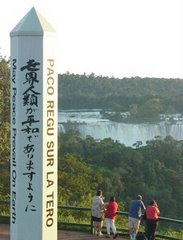
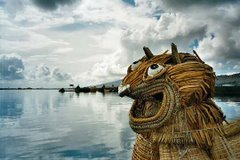
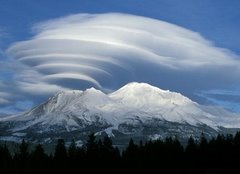

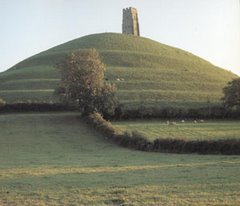
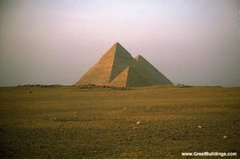
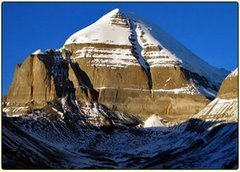
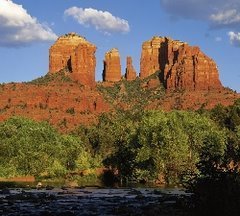
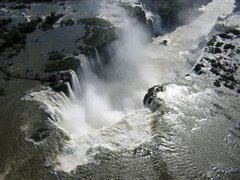
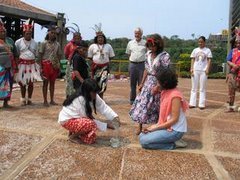

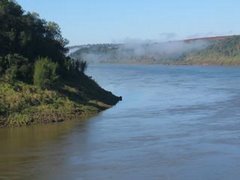
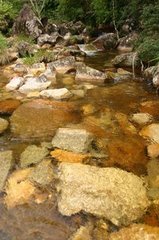
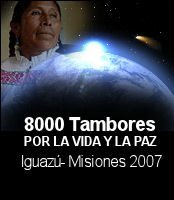
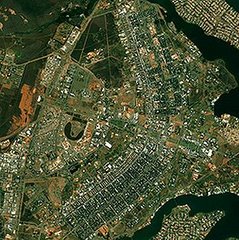


No comments:
Post a Comment